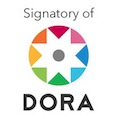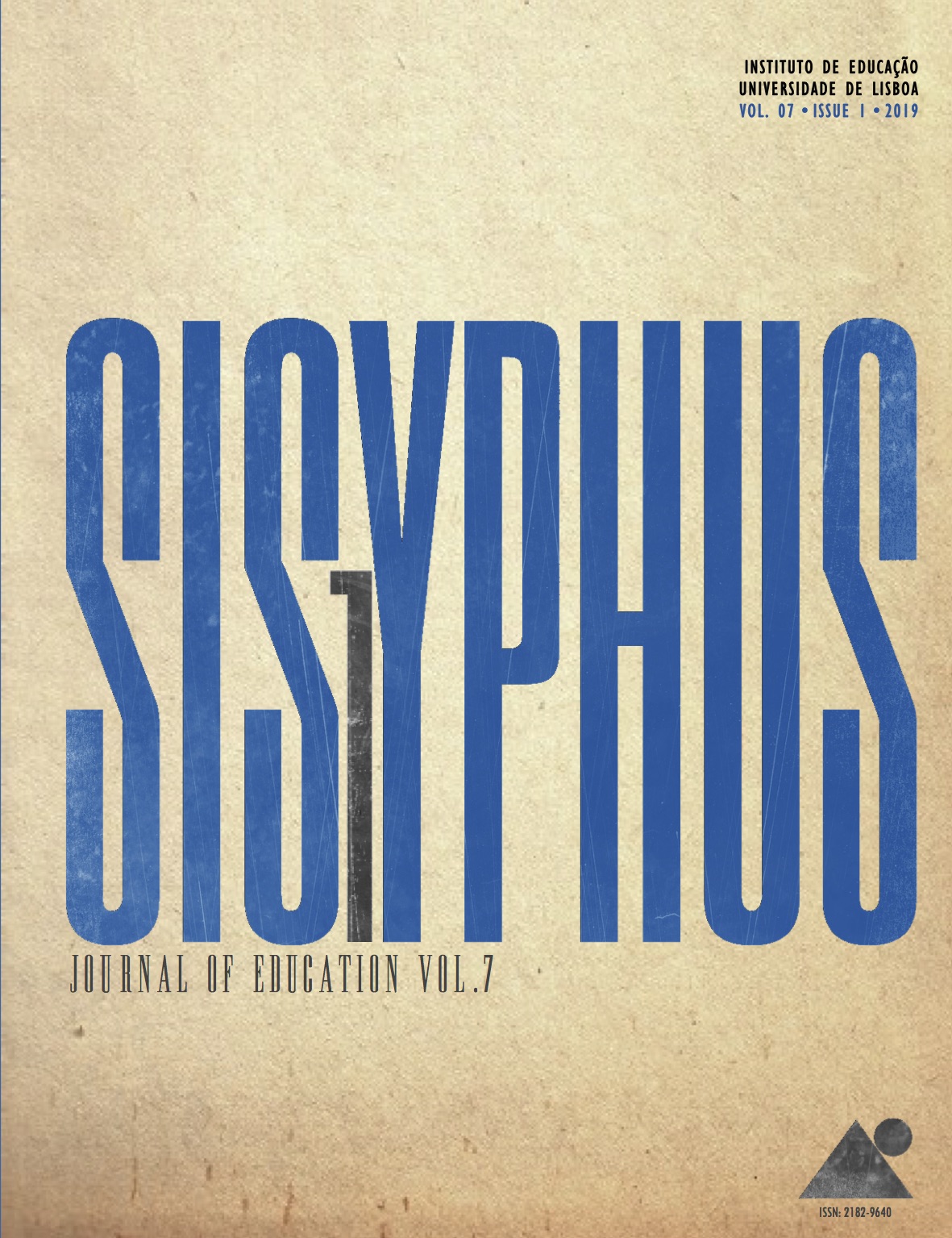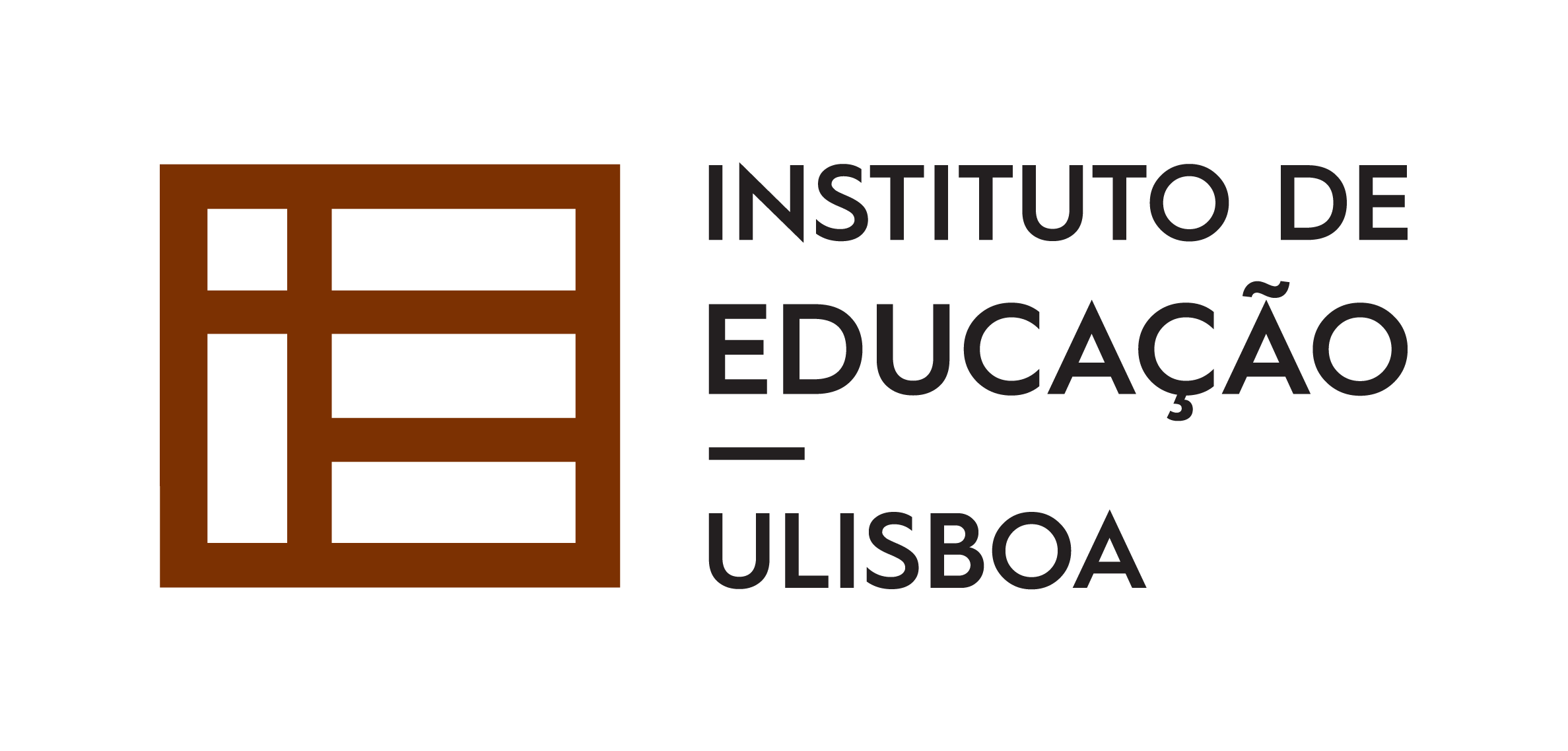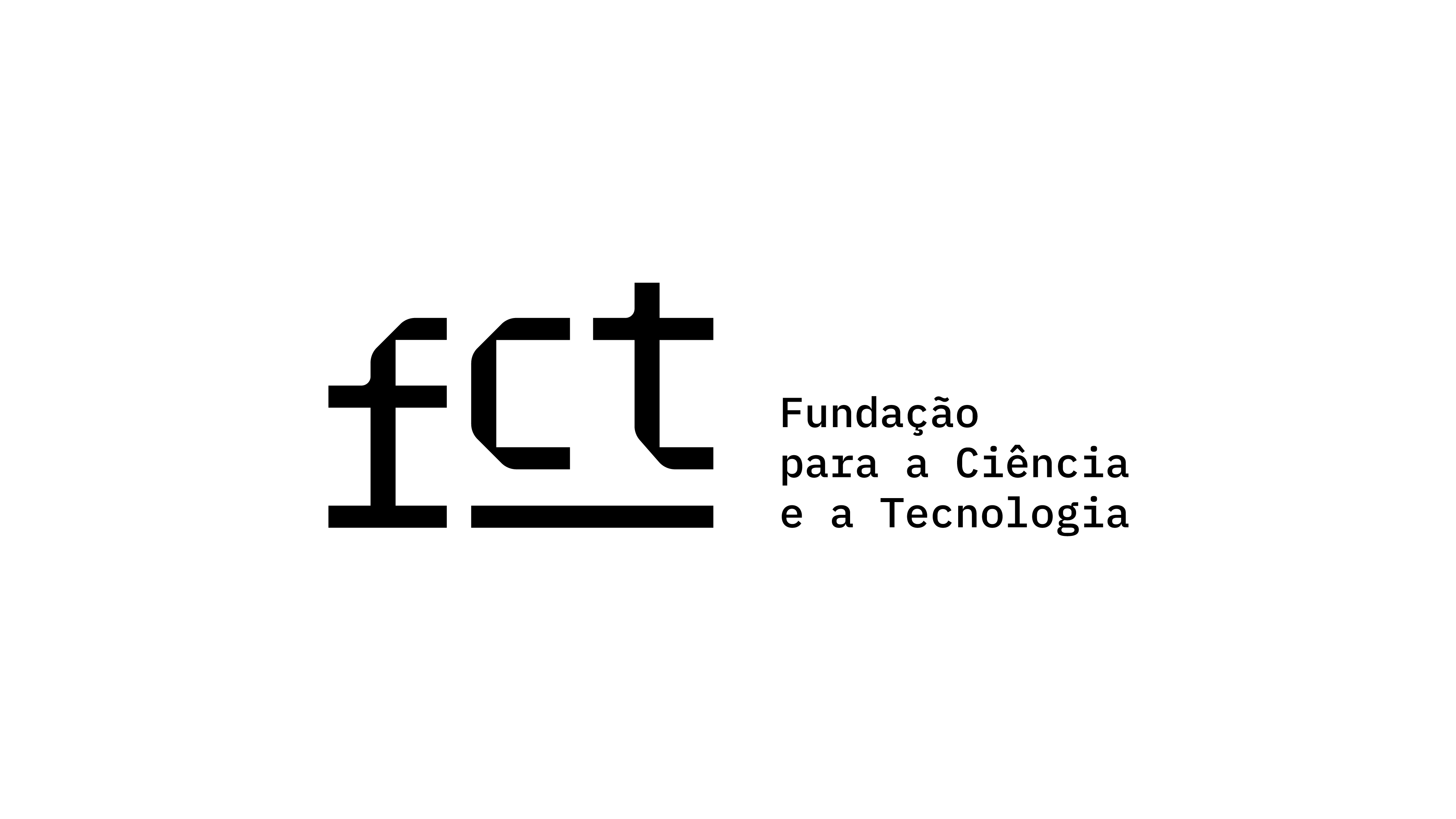Designing Online Courses Using the Interaction Equivalence Theorem
DOI:
https://doi.org/10.25749/sis.15932Keywords:
course design, interaction equivalency theorem, literature review, interaction, costsAbstract
Many theories have contributed to design an online course, such as Gagne’s nine levels, Garrison, Anderson and Archer’s Community of Inquiry, or even Siemens’s Connectivism. In 2003, Terry Anderson has theorized about the equivalency between student-student, student-content and student-teacher interactions. He named it the Interaction Equivalency Theorem and many studies have been developed to validate its principles. In this paper we do a Literature Review to analyze the results of the different studies about Interaction Equivalency Theorem. Moreover, with these results we foresee to bring contributions to the course design process, namely developing and delivering education that is cost affordable for all of us, based on the interaction intensity.
Downloads
References
Anderson, T. (2003). Getting the mix right again: An updated and theoretical rationale for interaction. International Review of Research in Open and Distance Learning, 4(2). doi: https://doi.org/10.19173/irrodl.v4i2.149
Anderson, T. (2010). Theories for Learning with Emerging Technologies. In G. Veletsianos (Ed.), Emerging Technologies in Distance Education (pp. 23-40). Edmonton: Athabasca University Press
Bernard, M. R., Abrami, P. C., Borokhovski, E., Wade, C. A., Tamim, R. M., Surkes, M. A., & Bethel, E. C. (2009). A meta-analysis of three types of interaction treatments in distance education. Review of Educational Research, 79(3), 1243-1289
Byers, A. S. (2010). Examining learner-content interaction importance and efficacy in online, self-directed electronic professional development in science for elementary educators in grades three – six. (Tese de Doutoramento). The Faculty of the Virginia Polytechnic Institute and State University, Virginia, EUA.
Cabral, P. B. (2015). Interação em diferentes cenários pedagógicos no ensino superior online. (Tese de Doutoramento). Universidade Aberta, Portugal.
Cabral, P. B., & van Valkenburg, W. (2018). How about increasing the student-student interaction in a MOOC to provide a more satisfying educational experience? Comunicação apresentada no MOOC-MAKER Global Symposium. Retirado de: https://eventos.uab.pt/moocmaker/resumenes/
Markewitz, L. (2007). Student-Student Interaction in an Online Continuing Professional Development Course: Testing Anderson’s Equivalency Theorem. (Dissertação de Mestrado). Athabasca University, Canada.
Miyazoe, T. (2009). LMS-based EFL Blended Instructional Design: Learning Community, Learning Styles, and Online Written Interaction. (Tese de Doutoramento). International Christian University, Japão.
Miyazoe, T., & Anderson, T. (2010a). The Interaction Equivalency Theorem. Journal of Interactive Online Learning, 9(2), 94-104. Retirado de: http://www.ncolr.org/issues/jiol/v9/n2/the-interaction-equivalency-theorem.html
Miyazoe, T., & Anderson, T. (2010b). Empirical research on learners’ perceptions: Interaction Equivalency Theorem in blended learning. European Journal of Open, Distance and E-Learning, 2010/I. Retirado de: http://www.eurodl.org/?p=archives&year=2010&halfyear=1&article=397
Padilla Rodriguez, B. C., & Armellini, A. (2014). Applying the interaction equivalency theorem to online courses in a large organisation. Journal of Interactive Online Learning, 13(2), 51-66.
Padilla Rodriguez, B. C., & Armellini, A. (2015). Expanding the Interaction Equivalency Theorem. International Review of Research in Open and Distance Learning, 16(3), 298-317. Retirado de: http://www.irrodl.org/index.php/irrodl/article/view/2085/3346
Rhode, J. F. (2008). Interaction Equivalency in Self-Paced Online Learning Environments: An Exploration of Learner Preferences. (Tese Doutoramento). Capella University, EUA, UMI 3291462
Downloads
Published
Issue
Section
License
Copyright (c) belongs to Sisyphus - Journal of Education. However, we encourage issued articles to be published elsewhere, provided that Sisyphus authorization is asked for and that authors integrate our original source citation and a link to our website.
Author Self-Archiving Policy
Author(s) are permitted to self-archive the final published version in institutional or thematic repositories, and in their personal or institutional websites.
DORA Signer
The Instituto de Educação da Universidade de Lisboa, Sisyphus' Publisher, is a San Francisco Declaration on Research Assessment signer.






